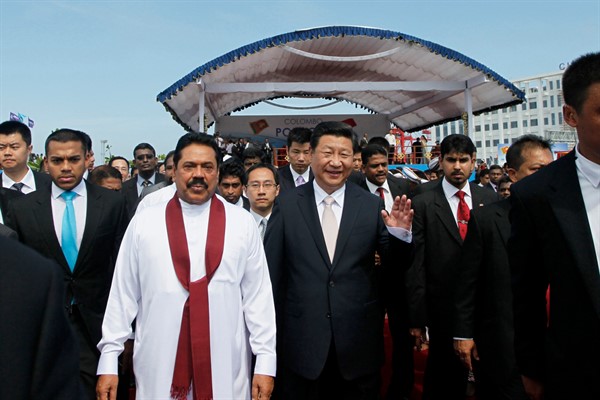China has undertaken countless infrastructure projects across the globe as part of its Belt and Road Initiative, but the plan to transform the iconic waterfront of Colombo, the Sri Lankan capital, was so consequential, so massive, that Chinese President Xi Jinping personally attended the 2014 launch. From the start, the plan sparked fierce public protests, but it moved forward. Now, the $1.4 billion Colombo Port City development has run into legal headwinds, once again making Sri Lanka one of the principal case studies of China’s effort to gain a strategic foothold in developing countries across the globe.
This week, Sri Lanka’s Supreme Court started hearing a raft of petitions challenging the government’s plan for the area. The project’s critics accuse authorities of pushing a model that will turn a key section of the capital into a “Chinese colony,” discriminating against Sri Lankans, violating labor laws and the constitution, and infringing on Sri Lanka’s territorial integrity and sovereignty.
China has carried out other major projects in Sri Lanka, notably the controversial Hambantota Port development. More on that in a moment. But when work began on the Colombo waterfront shortly after Xi’s 2014 visit, the geopolitical game took on an inescapably personal character for local residents.

